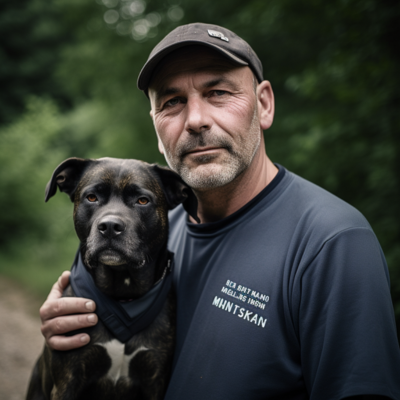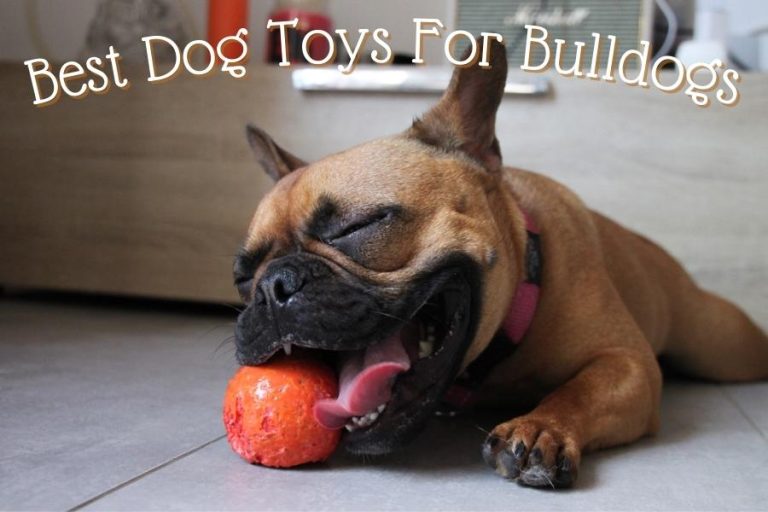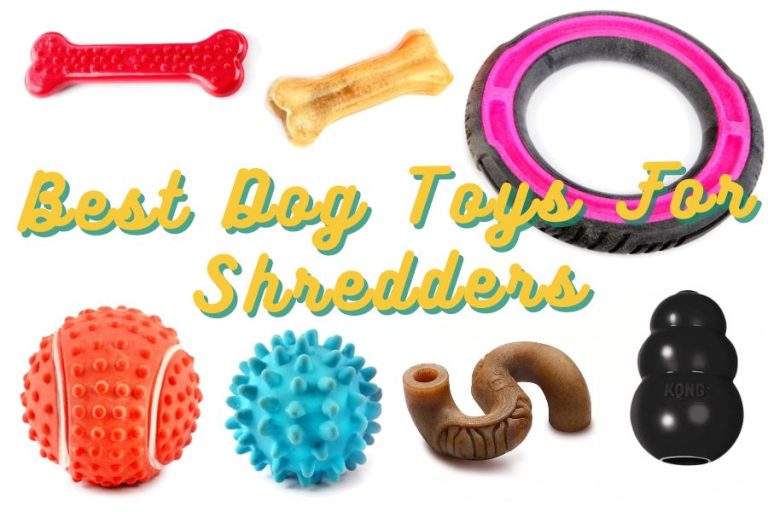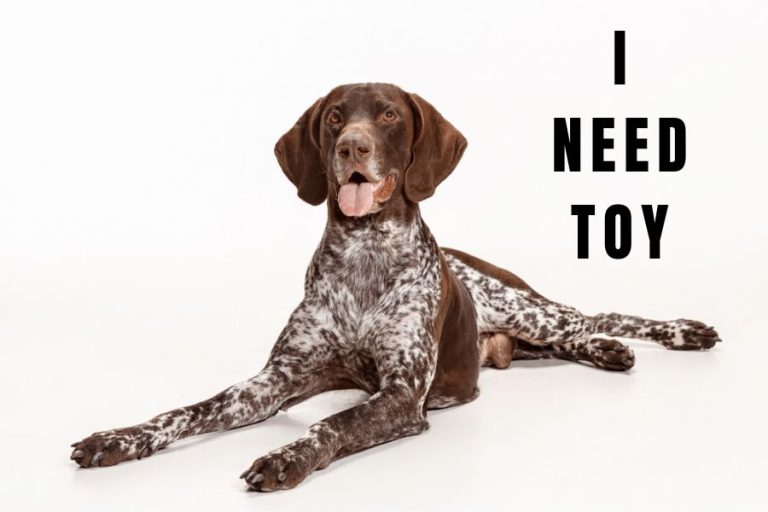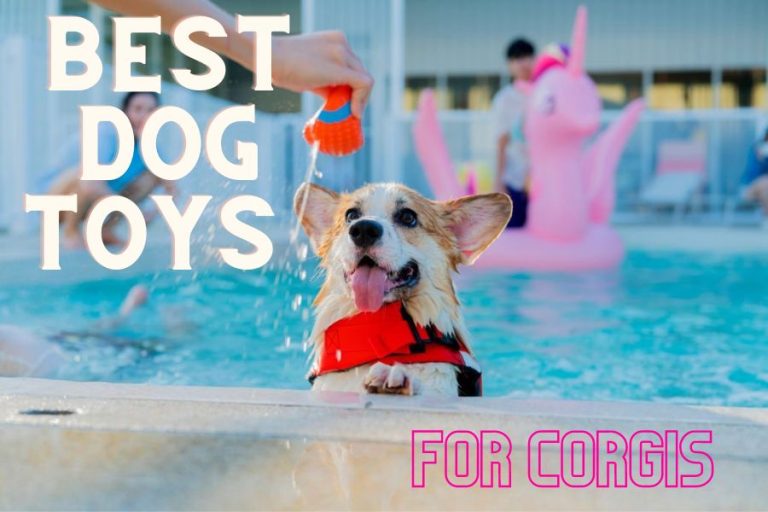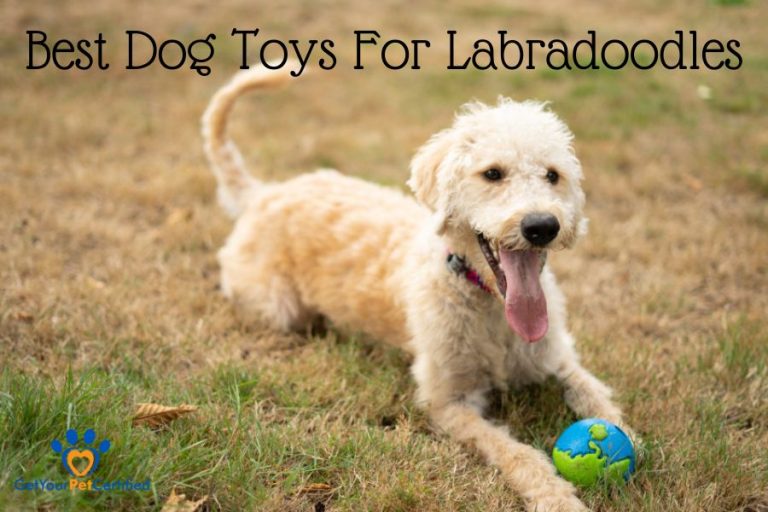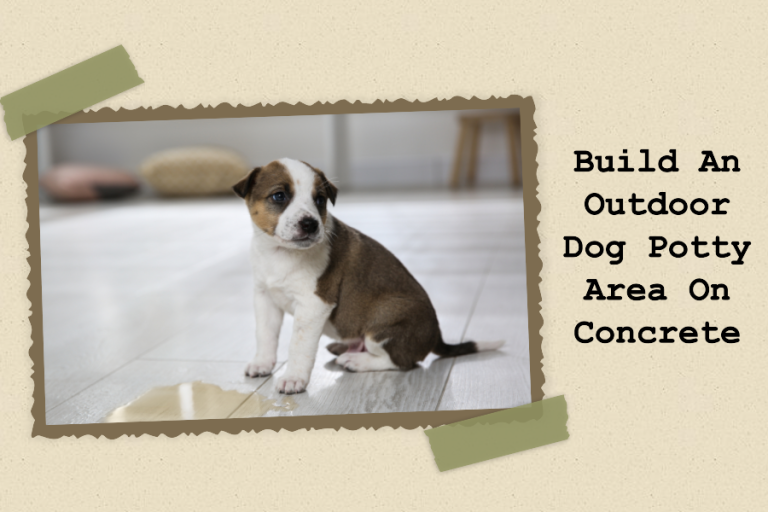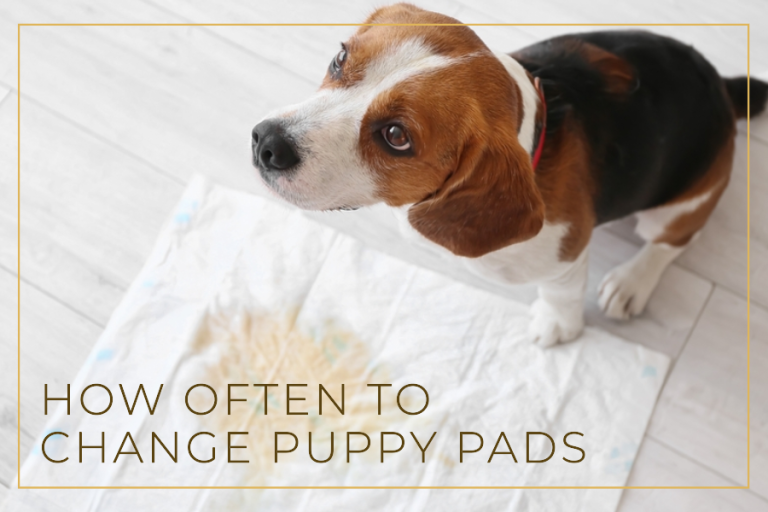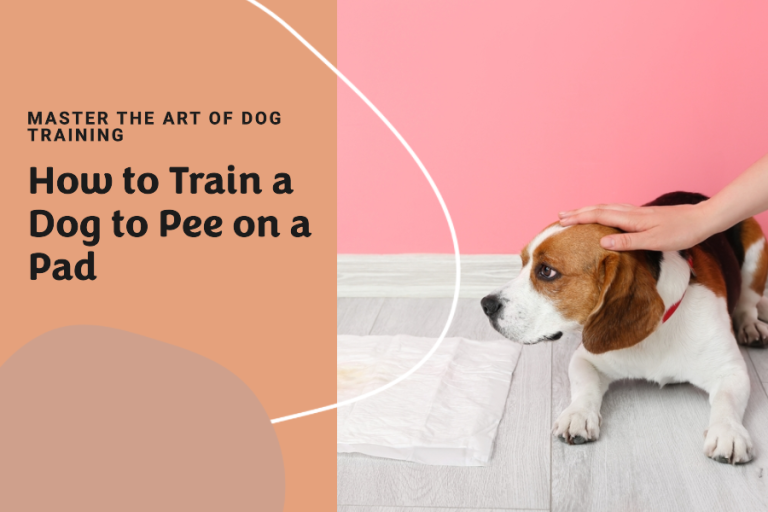How Long Should You Use Puppy Pads: An Essential Guide for New Pet Owners
Introduction
Bringing a new puppy home? You’ll need puppy pads! One of the most pressing concerns for new pet owners is house training, and this is where the use of puppy pads comes into play. Often, the question isn’t just about their effectiveness but also about the duration of their use. This dilemma raises a question: “How long should you use puppy pads?”
In this blog, we’ll share all about puppy pads—why they’re important, how to use them, and when to say goodbye. This article is full of valuable recommendations, supported by professional perspectives and facts that shed light on the influence of extended usage of puppy pads on a dog’s behavior. So, get up and let’s start this potty-training journey together!
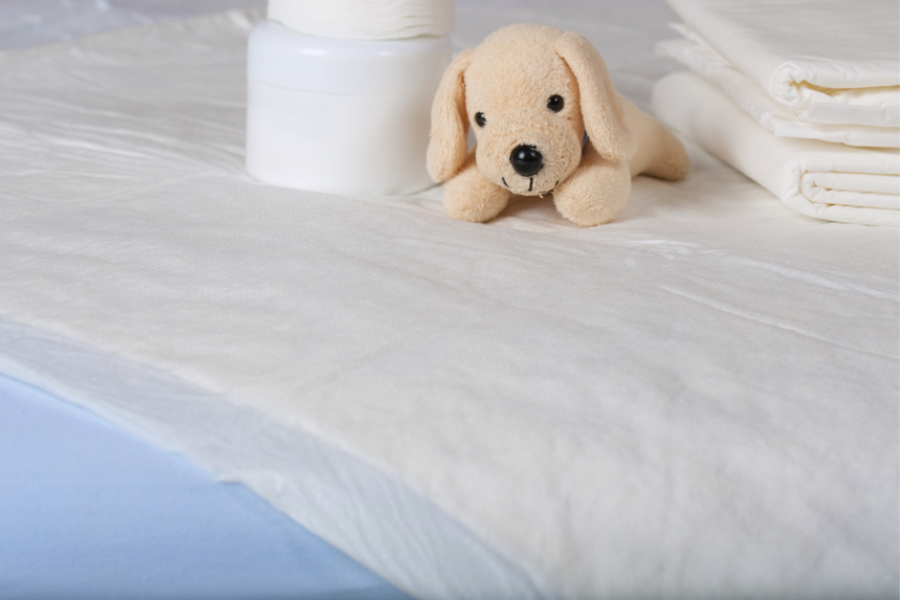
What Are Puppy Pads?
Puppy pads, also known as potty pads or training pads, are essential tools in the early stages of a puppy’s life, especially when it comes to house training.
Understanding Puppy Pads
Puppy pads are like magic carpets for puppy messes. These absorbent mats provide a designated spot for your puppy to relieve themselves indoors without making a mess. They come in all sorts, from throw-away ones to washable ones, and even ones that smell nice to help cover up any stinky surprises!
Puppy pads are typically made from absorbent materials and often come with an attractant scent to encourage puppies to use them. The ease of use and convenience make puppy pads a popular choice among new pet owners.
The Importance of Puppy Pads
Now, why do we think puppy pads are super important? Well, they keep your home clean and your furniture safe from little accidents. Puppy pads provide a safe and hygienic way for these young pets to relieve themselves. Plus, they help teach your puppy where it’s okay to go to the bathroom. It’s like having a bathroom sign just for your puppy!
Using puppy pads makes life a whole lot easier. Cleaning up after your puppy is a breeze, and it stops bad habits from starting. We don’t want our puppies to think it’s okay to go to the bathroom just anywhere, do we?
According to a survey by the American Pet Products Association, over 60% of new puppy owners in urban areas use puppy pads during the initial months of bringing a puppy home. This statistic underscores their widespread acceptance and utility. Experts suggest gradually transitioning from pads to outdoor routines as the puppy grows.
How Long Should You Use Puppy Pads?
Using puppy pads is not forever! Usually, you’ll need them until your pup is house-trained. This can take a few weeks to a few months. It’s different for every pup. So patience is key!
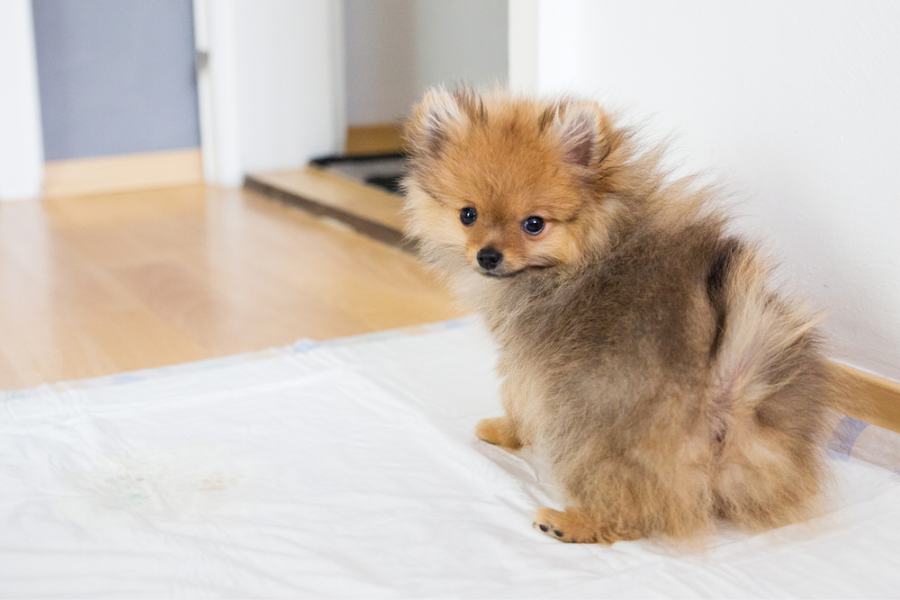
What Changes the Puppy Pad Timeline?
How quickly your pup learns to use the pad makes a big difference. Quick learners might not need them for long. But if your pup takes a little longer, that’s okay too. Also, if your pup has a sensitive tummy, you might need to use the pads more often.
Initial Weeks (8 to 12 Weeks Old)
- Early Training: Start using puppy pads as soon as your puppy comes home. This period is critical for establishing initial bathroom habits.
- Frequent Use: Young puppies have small bladders, so expect to change the pads frequently.
Development Phase (3 to 4 Months Old)
- Assess Progress: By now, your puppy might start showing signs of control over their bladder. You can begin reducing the use of puppy pads gradually.
- Introduction to Outdoors: If your puppy’s vaccinations are up to date, start introducing them to outdoor potty breaks.
Transition Period (4 to 6 Months Old)
- Decreasing Dependency: Slowly move the puppy pad closer to the door and eventually outside to help your puppy make the connection between going outdoors and relieving themselves.
- Consistency is Key: Maintain a regular schedule for outdoor potty breaks to reinforce the habit.
Beyond 6 Months
- Puppy Pads for Specific Situations: After six months, most puppies should be accustomed to going outside. However, puppy pads can still be used in certain situations, such as bad weather, health issues, or for senior dogs with incontinence.
When to Change the Puppy Pad?
Usually, a pup goes pee three to five times a day. But this can change based on what they eat and drink, and how old they are. To keep things clean and smell-free, you should change the puppy pad each time they use it. It’s better for you and your pup!
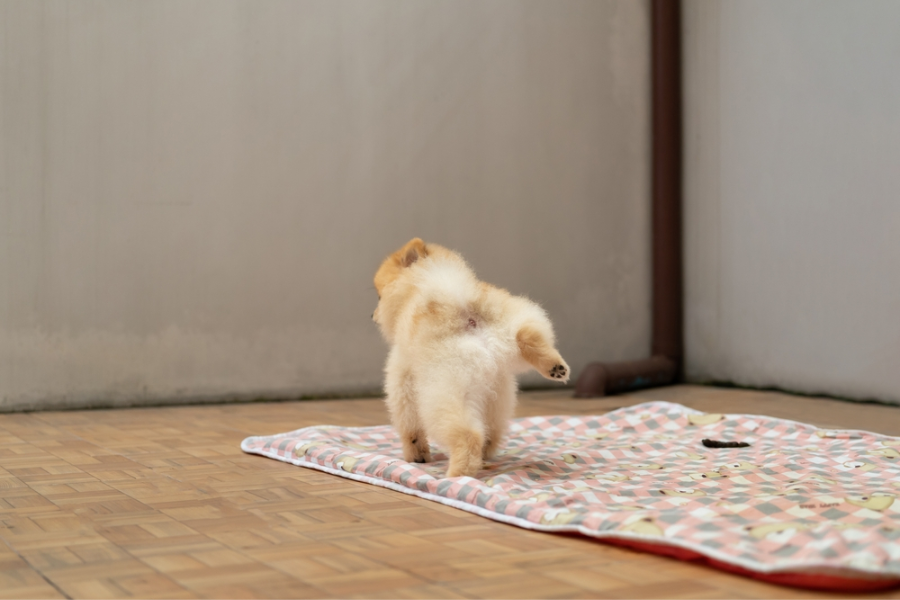
Can a Puppy Use a Puppy Pad More Than Once?
Some pups don’t like to use a dirty pad, so they might need a fresh one each time. But you can try leaving a small, clean spot on the pad. This might help when it’s nighttime or if you’re out for a while. Just remember, you still need to change the pad regularly to keep things clean.
Teaching Your Puppy to Use the Puppy Pad
Training your pup to use a puppy pad can feel like a big task, but don’t worry! We’re here to help. Let’s share some handy tips and tricks with you.
Choosing the Right Spot for the Pad
Firstly, it’s crucial to select a consistent location for the puppy pad. Place it in an area that’s easily accessible to your puppy, but also quiet and somewhat private, away from where they eat and sleep. The consistency in location helps avoid confusion and aids in faster learning.
Introducing the Pad to Your Puppy
Introduce your puppy to the pad by letting them sniff and explore it. Gently place them on the pad to get them accustomed to its texture. Create a positive association with the pad using encouraging words and treats. This familiarization is important for your puppy to understand that the pad is a good place.
Establishing a Routine
Establish a regular schedule for your puppy to visit the pad, especially after meals, playtime, and naps. Since puppies typically need to relieve themselves shortly after eating, a routine is crucial. Consistency in this schedule is key for your puppy to learn when and where to go.
Using Cue Words
Incorporate specific cue words like “go potty” when taking your puppy to the pad. This association helps your puppy understand what is expected when they hear these words. Consistent use of these cues during training reinforces their meaning.
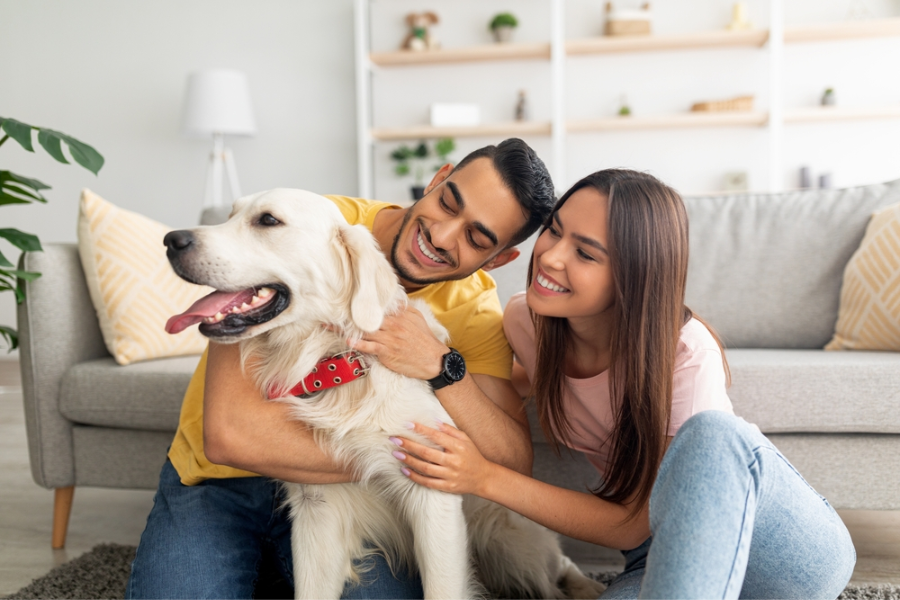
Implementing Positive Reinforcement
Always use positive reinforcement. Praise and reward your puppy with treats and affection when they successfully use the pad. Avoid scolding or punishing them for accidents outside the pad, as this can create negative associations and make training more difficult.
Gradually Increasing Freedom
As your puppy becomes more adept at using the pad, gradually allow them more freedom around the house. Be attentive to signs that indicate they need to go, like sniffing or circling, and take them to the pad promptly.
In conclusion, while training your puppy to use a puppy pad, remember that each puppy learns at their own pace. Patience, consistency, and positive reinforcement are essential.
Dealing with Puppy Pad Problems
Puppy pad troubles might be difficult to solve, but not impossible, provided you take the appropriate approach.
Common issues and solutions
Problem 1: Puppy Avoids or Ignores the Pad
- Solution: Ensure the pad is in a convenient, quiet location. Sometimes, puppies avoid pads if they are placed in noisy or high-traffic areas. Also, make sure to introduce the pad properly, letting your puppy explore it without pressure.
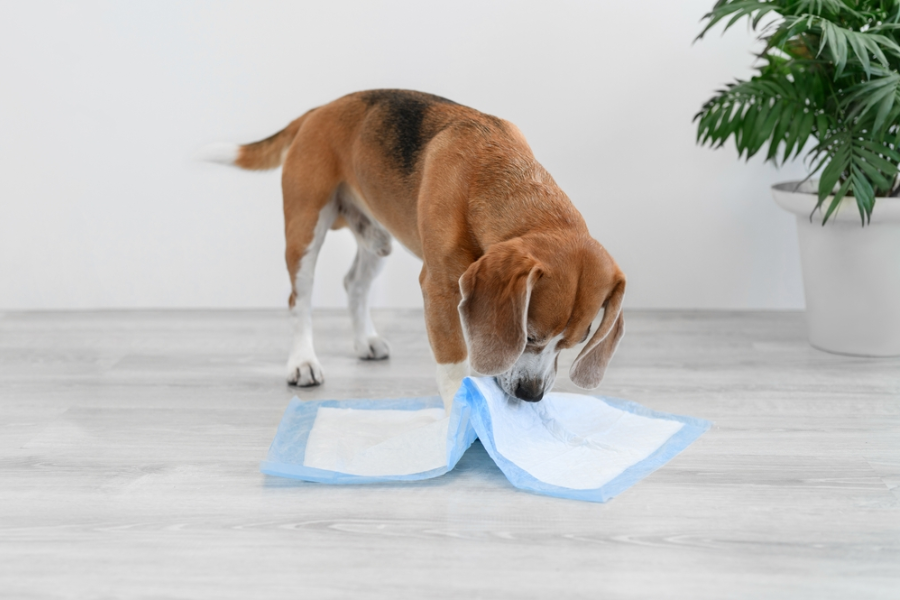
Problem 2: Puppy Chews or Tears the Pad
- Solution: Chewing or tearing the pad is a common issue, especially with teething puppies. Provide appropriate chew toys to redirect this behavior. Consistently discourage the chewing of the pad and praise your puppy when they play with their toys instead.
Problem 3: Odor and Cleanliness
- Solution: Keeping the area clean is essential. Use pads with good absorbency and change them regularly. There are also odor-neutralizing sprays that can help. Maintaining cleanliness encourages your puppy to use the pad.
The Best Spot for a Puppy Pad
The chosen spot should also be easily accessible to your puppy at all times, which is especially important for young puppies who have less bladder control. For those living in multi-level homes, it might be beneficial to place a pad on each floor during the early stages of training.
Keep it away from where your pup eats and sleeps. And remember, every pup is different. So, you might need to try a few spots before you find the best one.
Leaving Puppy Pads Out at Night
If your pup can’t hold it in all night, leave a pad out for them. Make sure the area around the puppy pad is safe and free from any hazards. Puppies can be clumsy, especially when they’re half asleep, so it’s important to remove any objects they might bump into or trip over on their way to the pad.
Choose a high-quality, absorbent pad to prevent leaks and spills that can occur overnight. But don’t forget to clean it up first thing in the morning!
Mistakes to Avoid with Puppy Pads
Don’t move the pad around or your pup will get confused. Keep everything clean and don’t rush your pup to stop using the pads. They’ll get there in their own time.
How to Move From Puppy Pads to Outside?
Moving from puppy pads to going outside is a big step for your pup. You can help by slowly moving the pad towards the door or making it smaller over time. Don’t forget to be patient, keep things the same, and say “good job” when your pup does well. This change might be quick for some pups and slower for others. And that’s okay!
- Establish Routine: Ensure your puppy is consistently using the puppy pad at set times. Consistency is key for smooth transition.
- Introduce Outdoors: Gradually introduce your puppy to an outdoor spot for bathroom use, especially after meals and naps.
- Use Familiar Cues: Maintain any cue words like “go potty” during outdoor visits to reinforce the behavior.
- Move the Pad Closer to the Door: Gradually shift the puppy pad towards the door leading outside to build a mental connection.
- Pad Outside: Next, move the pad to the chosen outdoor bathroom area. This helps your puppy adjust to the outdoor environment.
- Phase Out the Pad: Gradually decrease reliance on the pad, eventually removing it as your puppy gets comfortable going outside.
- Positive Reinforcement: Always praise and reward your puppy for successful outdoor bathroom use.
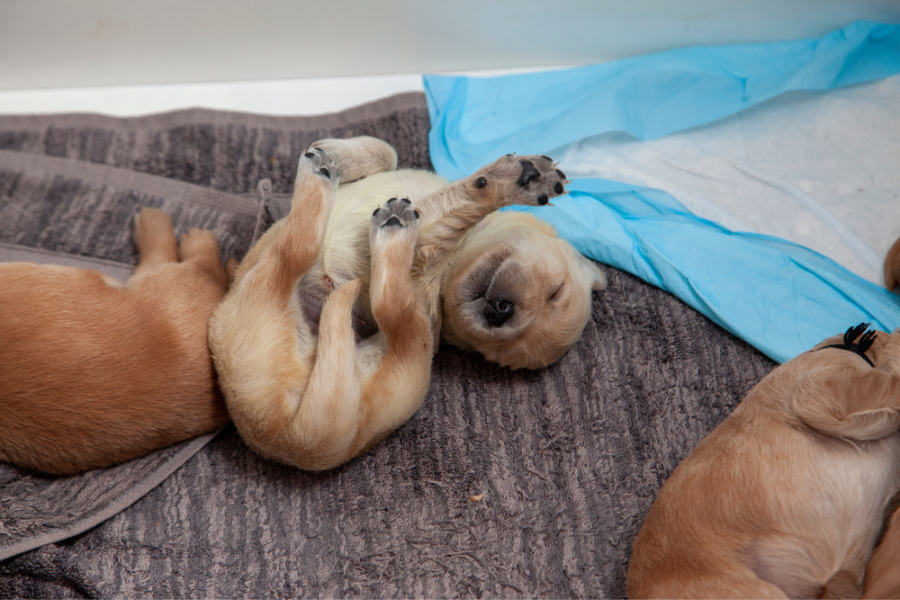
Conclusion
So, we’ve seen how puppy pads help train our furry friends. They keep our homes clean and teach our pups where to go potty. But remember, each pup is different. We need to adjust the use of pads based on our pup’s needs and how they’re progressing with their training.
Training can be tricky at times, but don’t worry. With patience, praise, and a positive approach, we can guide our pups. The goal is to help them move from using pads to going potty outside.
And don’t forget, we need to avoid common slip-ups when using puppy pads. Things like moving the pad around too much, not cleaning up properly, or rushing to get rid of the pads can trip us up. But with this guide in hand, you’re all set for a smooth training journey. Good luck!

